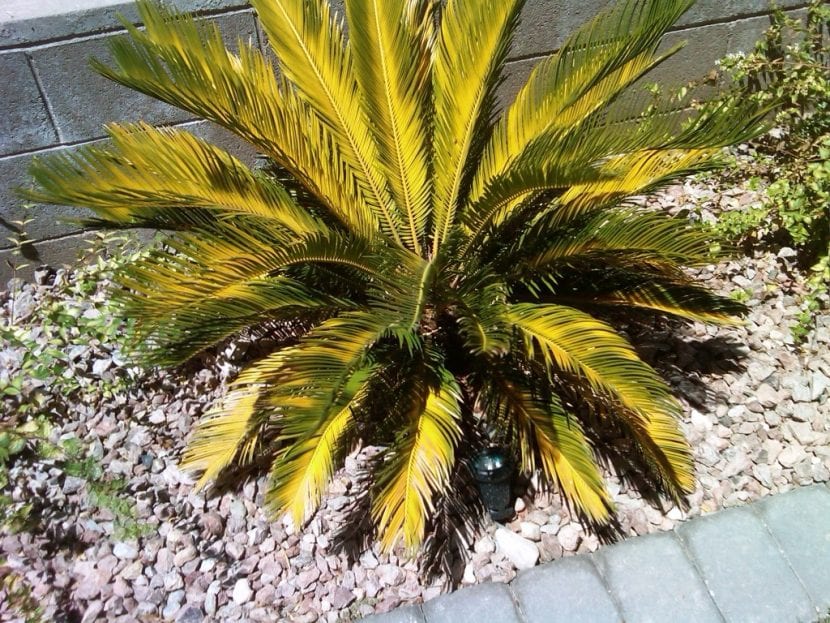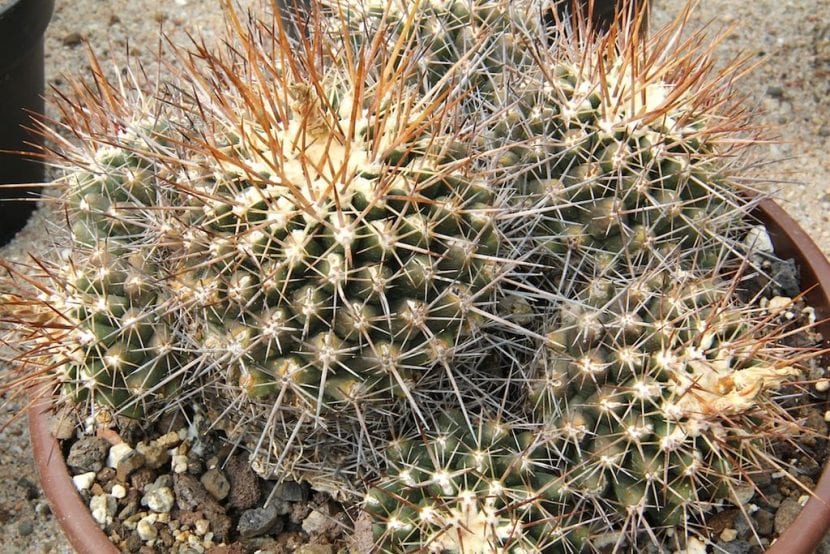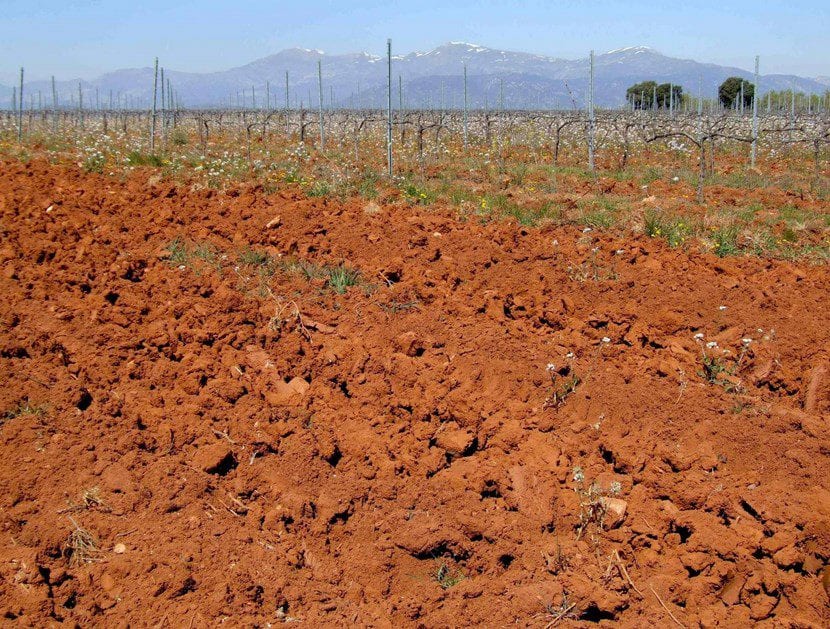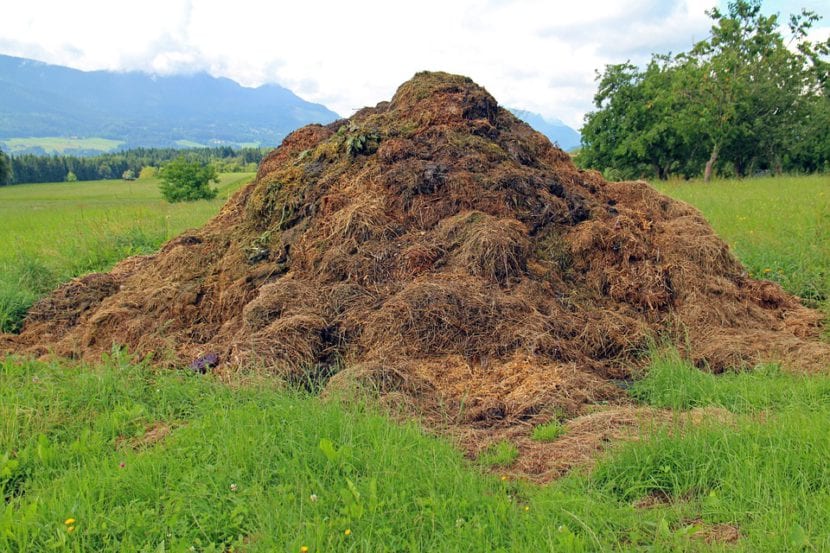
Image - Xtreme Horticulture
Providing the best care for a certain plant is sometimes not easy. We may put it in a place where it gets too much sun, or we may water it with a type of water that has too much lime.
When doing so, what is, without any doubt, the most visible symptom and that usually worries us most may appear: the yellowing of the leaves. So if you are wondering because my plants are yellowThen I am going to tell you the possible causes and what you should do to improve them.
We often think that plant leaves turn yellow because they lack an essential nutrient, iron, which causes iron chlorosis, but the truth is that there are other causes that must be taken into account:
Excess or lack of irrigation

Both extremes are very harmful to plants, especially the first. Whenever we have doubts it is very important check the soil moisture, either by inserting a thin wooden stick (if it comes out with a lot of adhering soil when removing it, we will not water), or weighing the pot once watered and again after a few days (as wet soil weighs more than dry soil, this weight difference can serve as a guide).
Exposure too direct to the sun

If we buy a plant in a nursery, where they had it in a greenhouse, which we know is sunny and we place it directly in an area where it will be exposed, it is easy for burns to appear or the leaves to yellow.
To avoid it, you have to expose it little by little: the first two weeks one or two hours of direct sunlight, the next fortnight three or four hours, ... and gradually increase the exposure time. This adaptation process should begin in early spring, when the sun is not yet very strong.
Calcareous water and / or soil
Acidophilic plants (japanese maples, magnolias, Gardenia, etc.) when they are irrigated with water that contains a lot of lime or when they have been planted in soil whose pH is higher than 6, they immediately turn yellow due to the lack of iron.
Therefore, it is very necessary to know in advance the need for the plant that we want to acquire; although in the case that we already have an acidophilus, we can make it look more beautiful watering it with rain or acidified water (that is, diluting the liquid of half a lemon in a liter of water), planting it in acidic substrates (pH 4 to 6) and fertilizing it with a fertilizer for this type of plants.
Bad drainage

If we have a plant planted in a land with poor drainage, that is to say, very compacted, its leaves could turn yellow. So that this does not happen we can improve the quality by making planting holes somewhat larger to fill it with universal growing medium mixed with perlite, For example.
En this article you have more information about it.
Lack of compost

It is the most common cause. Every plant needs nitrogen (N), phosphorus (P) and potassium (K), which are the fundamental macronutrients to be able to grow, develop and stay well; but also It is important that we make sure that we provide them with other nutrients, such as iron, magnesium, calcium, molybdenum, etc.. Because?
Because in the same way that human beings could not stay healthy only with water and hamburgers (for example), the plant also can't look really healthy and pretty with NPK alone. For this reason, I recommend using organic fertilizers, such as guano, the extract of algae (do not use to fertilize acidic plants, nor frequently because it has a very high pH), or others such as manure whenever possible.
Keep in mind that succulents (cactus, succulent and caudiciform plants) must be paid with mineral fertilizers such as Blue Nitrofoska; the Orchids with a specific fertilizer for them, and carnivorous plants should NOT be fertilized since their roots could literally burn.
We hope it has been useful to you 🙂.
Excellent report, congratulations, very good work and great information.
We are glad you liked it 🙂